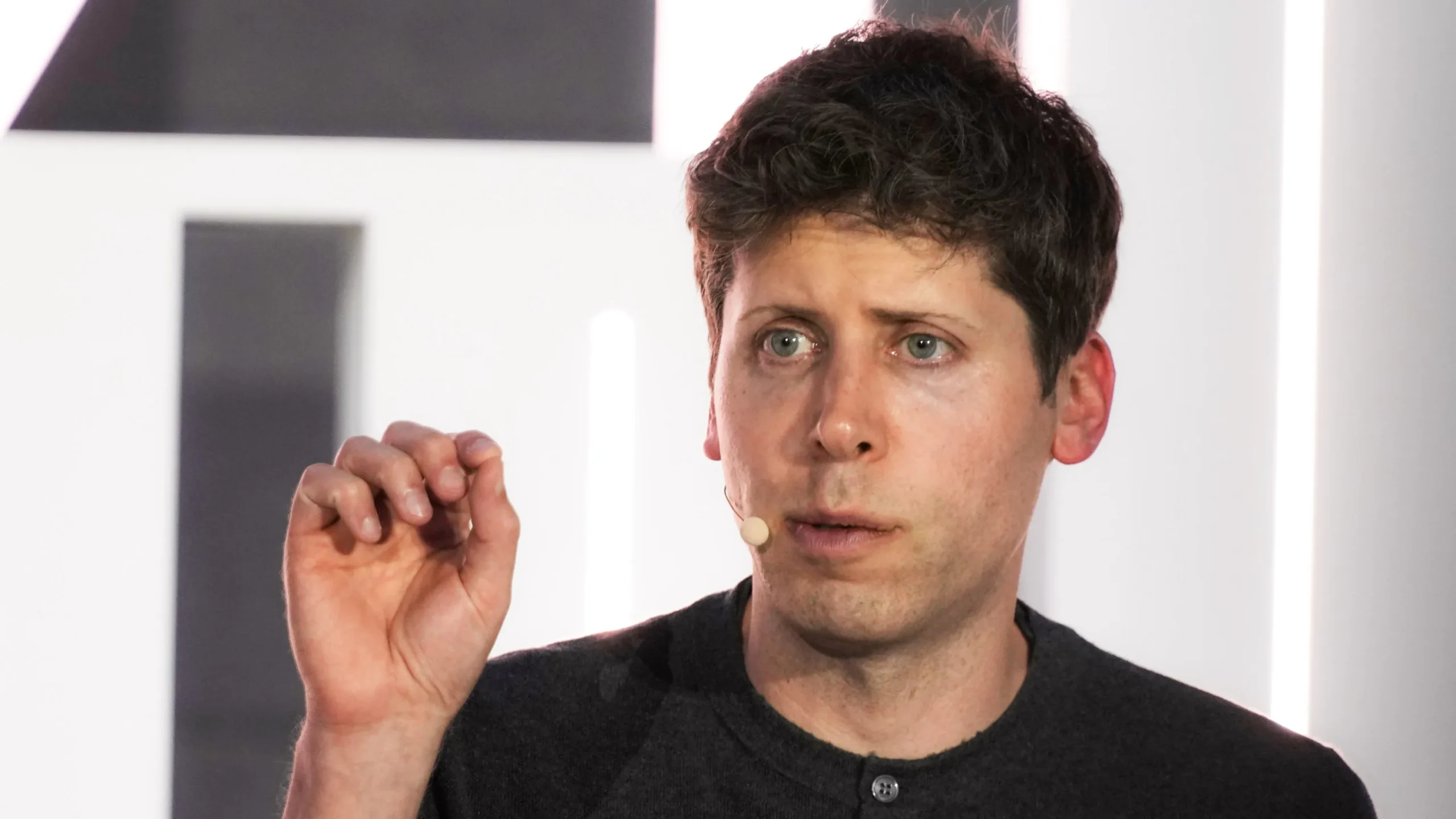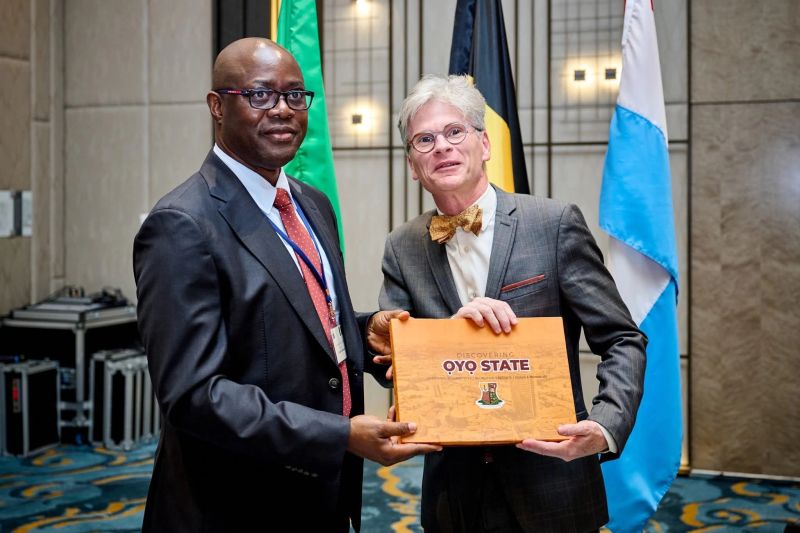It was 7:45 a.m. when I walked into the executive suite of a fast-rising tech firm in Nairobi. The CEO, not even forty, had launched three new departments in six months, signed two international partnerships, and doubled revenue. But on this particular morning, I found him slumped at his desk, eyes hollow, fingers trembling slightly. “We have grown faster than I have,” he whispered.
“Capacity is the new currency of leadership, and too few are investing in it.”
That sentence haunted me. Not because of its vulnerability, but because of how many leaders I have met who echo the same dilemma in different forms. They are growing organisations, scaling operations, and expanding markets but shrinking within. Stretched, but not strengthened. Busy, but not built up. You see, growth is not always the sign of health. Sometimes, it’s a warning flare.
And that’s what this week’s conversation is about: capacity. Not just competence, but capacity, the inner infrastructure that determines how much pressure a leader can carry without caving; how many relationships they can hold without losing empathy; how many decisions they can make without becoming emotionally bankrupt.
Capacity is the new currency of leadership, and too few are investing in it. Let’s unpack why.
Research from the Centre for Creative Leadership reveals that 38 percent of new executives fail within the first 18 months. Not because they lacked ideas or energy, but because they underestimated the invisible weight of leadership. They over-indexed on strategy and under-indexed on stamina. They had vision but no vessel. Talent without temperament.
According to McKinsey & Co., organisations that focus solely on scaling outputs without investing in the emotional resilience of their top leadership experience a 24 percent higher rate of burnout and organisational churn. Translation? You can scale your systems, but if you don’t stretch your soul, something will break, and often, it is the very people the organisation relies on to carry the load.
At the heart of this issue is a flawed assumption: that leadership is built on productivity. But capacity is not about doing more. It is about holding more complexity, ambiguity, tension, and responsibility without leaking judgement, integrity, or clarity.
Take the story of “Sofia”, a senior manager in a multinational bank in Lagos. Her team described her as calm, clear, and consistent even under intense deadlines. But she wasn’t always that way. Two years prior, she was known for high performance but poor people skills, prone to micro-managing and crashing under stress. What changed? She started building capacity, not just skills. She learnt to regulate her emotions, stretch her tolerance for failure, listen without defensiveness, and build rhythms of renewal. She began journaling after high-stakes meetings, practising what she called “emotional inventory”. She blocked 15 minutes a day for nothing – just breathing, presence, and perspective. The result? She became a leader who didn’t just get things done; she held her team together.
Leadership is more than task execution; it is people’s preservation. It is the art of becoming a wider vessel, not just a faster engine.
So how can leaders build capacity?
It starts with redefining what success looks like. Success is not just shipping projects or scaling revenue. It is sustaining clarity amid chaos. It is making decisions that are not just smart but wise. Wisdom requires margin. Margin creates capacity. And capacity protects longevity.
It protects your judgement in a tense boardroom. It protects your integrity when no one is watching. It protects your people from becoming casualties of your pressure. Without capacity, growth becomes weight. But with capacity, growth becomes wings.
So how do you expand your capacity in practical terms?
First, build internal stillness. Leadership today is reactive by default, with constant pings, meetings, deadlines, and escalations. But a leader’s superpower is not urgency; it is stillness. Block non-negotiable time every day to be still. Not to strategise. Not to write a to-do list. Just to slow down. Breathe. Think. Leaders who lack reflection leak reaction. Those who cultivate reflection command perspective.
Second, create relational buffers. You can’t hold weight alone and expect not to break. High-capacity leaders curate relationships that nourish them, not just networks that need them. Who speaks life into you? Who can challenge you without fear? Who holds your blind spots with care and clarity? Build those relationships with intention. Without them, the loneliness of leadership becomes a silent threat to everything you are building.
Third, embrace renewal as a discipline, not a reward. You don’t rest because you have earned it. You rest because you need it. Capacity leaks from exhausted minds and brittle emotions. Your recovery determines your readiness. Leaders who normalise exhaustion eventually compromise direction. Recovery is not weakness; it is wisdom.
Fourth, slow your speech in rooms of pressure. When tensions rise, so does the temptation to assert, control, or defend. But capacity shows in how well you hold space for others, not in how quickly you fill silence. Speak with intent. Pause more. React less. Because influence is not in how much you say; it is in how wisely you time your words.
Lastly, commit to emotional hygiene. That means processing your disappointments, naming your fears, and getting help when leadership begins to erode your peace. Carrying unresolved emotional weight is like leading with sandbags strapped to your ankles. Eventually, it slows you down or wears you out. The best leaders today are those who have learnt to heal as they lead.
Leadership is a long game, not a sprint.
So this week, I challenge every organisational and business leader reading this:
Don’t just chase scale. Grow your soul. Don’t just build revenue. Build rhythm. Don’t just develop your talent. Deepen your temperance. Because what sustains great leadership is not your calendar, your charisma, or your credentials. It is your capacity.
About the author:
Dr. Toye Sobande is a strategic leadership expert, lawyer, public speaker, and trainer. He is the CEO of Stephens Leadership Consultancy LLC, a strategy and management consulting firm offering creative insight and solutions to businesses and leaders. Email: contactme@toyesobande.com









